Why Focusing on the Sustainable Development Goals in School Is Good for Students, Staff, Families, and the Broader Community
Key Points
-
Coolidge High School has created a new school model focused on the UN’s Sustainable Development Goals (SDGs) in order to provide a strong foundation as students search for meaning, wellness, and global connection in an increasingly turbulent world.
-
The SDGs are aligned with changes students, families, and other community members of a DC high school were already asking for.
-
Action Research, Global Experiences, and Wellness are three pillars embedding the SDGs throughout the entire high school experience at Coolidge High School and preparing students to tackle the world’s most pressing challenges.
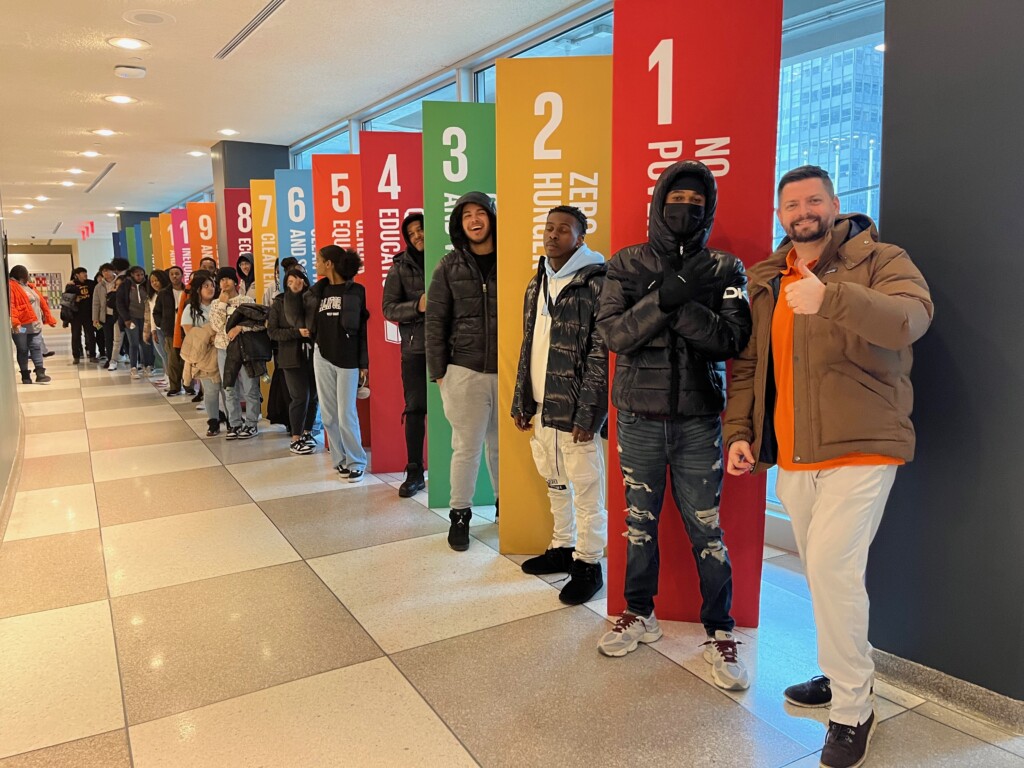
By: Semanthe Bright
There are few things more rewarding, as an educator, than seeing young people spontaneously make real world connections to what they learn in the classroom.
When 36 students joined a trip to the United Nations (UN) Headquarters in New York City, school staff overheard them reflecting on World History I content while the tour guide provided an overview of the establishment of the UN and during a Holocaust exhibit. One of their teachers, Mr. Jay Glassie, told me that “seeing students’ imagination, innovation, and application to what they’ve learned, and their excitement on the trip, made me motivated to make sure all our future lessons added up to that excitement.” That was the moment I knew our work to design a new school model focused on the UN’s Sustainable Development Goals (SDGs) was, without a doubt, the right decision.
Let me back up. I’m the principal of Coolidge High School in Washington, DC. In 2022 we joined DC+XQ, a partnership between DC Public Schools (DCPS) and XQ Institute (XQ) to redesign high schools in the District. At the start of the partnership, XQ guided high schools through an Educational Opportunity Audit, where quantitative and qualitative student data prompted us to think about existing disparities that school redesign could address. The data also laid bare just how much COVID had changed things.
An overwhelming number of our students said they were struggling with anxiety, depression, and substance abuse post-pandemic. Black, Latinx, and Indigenous youth, in particular, felt segregated and disconnected. Students needed opportunities for more meaningful interaction. As a result, we knew we wanted wellness to take priority. We also wanted the focus on wellness to be rigorous, prepare our students for life after high school, and help them make connections to the real world.
We began to research wellness frameworks and sustainable practices, but most left us wanting something more. Finally, we found the SDGs. We instantly fell in love with these 17 global goals designed to transform the world by 2030. With so much variety in the issues they tackle – whether it’s infrastructure, clean water, poverty, or animal welfare – I felt confident there would be at least one goal every student could relate to. As one of our ESL teachers, Nichelle Calhoun says, the SDGs are “so bendable and so accessible; any student can understand ‘there is an education around my experience, and I can produce the knowledge around my experience via action research’.”
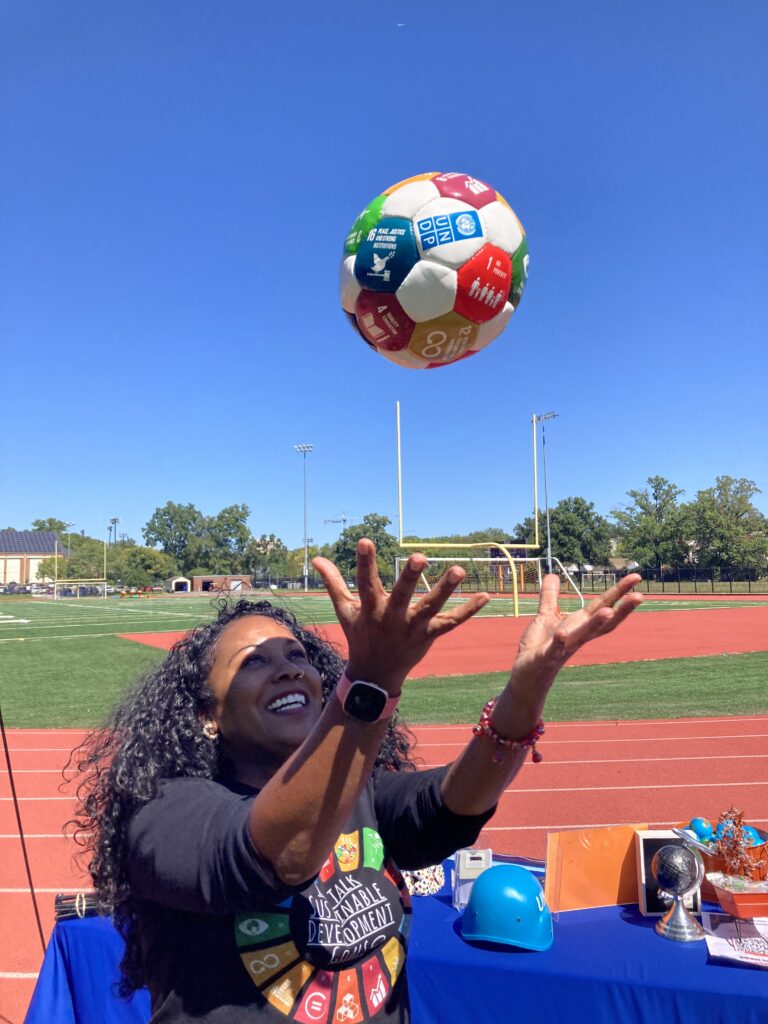
We’ve found that the SDGs resonate with our entire community, not just our students. For our teachers, they hold enormous potential to spark rigorous, memorable, and impactful learning experiences across content areas. They also feel relevant to our families, who come from more than 23 countries, and who shared with us that they particularly identify with goals addressing communities, peace, justice, and reducing inequalities. Finally, they’re a priority for our city. We have partnered with DC’s Department of Energy and Environment to make connections to Sustainable DC, and we are excited to collaborate on sustainability projects with the elementary and middle schools in our neighborhood too.
This past summer, after a year cultivating our vision around the SDGs, we were selected to be part of DC+XQ’s second cohort. We are spending this year testing out new learning experiences and building partnerships with local and national organizations as we prepare to launch our new school model in 2024.
What does it really mean to redesign our school around the Sustainable Development Goals? There are a number of examples of other schools embedding the SDGs in their experiences, from incorporating them into real-world learning opportunities to using Challenge-Based Learning to solve problems related to the goals. For us, three pillars guide our new school model, and how the SDGs show up in it: Wellness, Action Research, and Global Experiences.
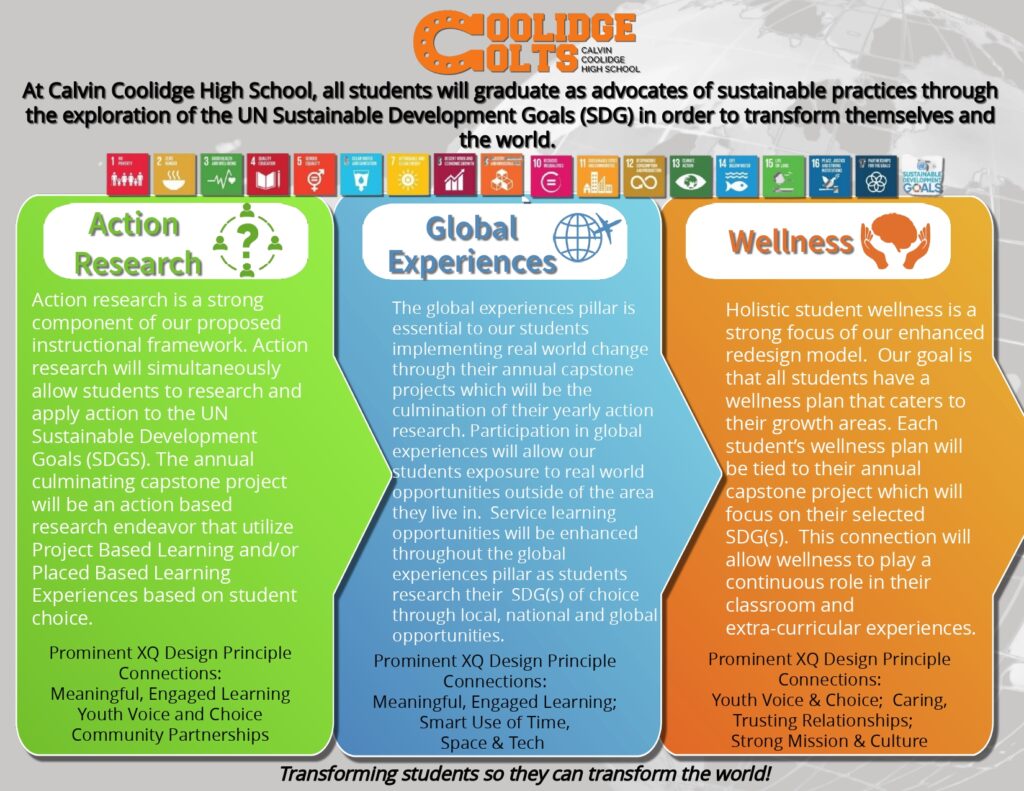
Wellness, the origin of our focus on sustainability, encompasses all forms of well-being: physical, spiritual, mental, and emotional. All students will develop and revise their own personal wellness plans each year in collaboration with staff. Seniors will select a focus SDG based on that wellness journey—finding a global goal related to something they’ve learned about themselves or their communities. For instance, a student who discovers they are interested in marine life after participating in service learning with Anacostia Watershed may choose SDG 14: Life Under Water. This will provide more voice and choice throughout student experiences at Coolidge, and set them up for success finding an area to study or work in after high school.
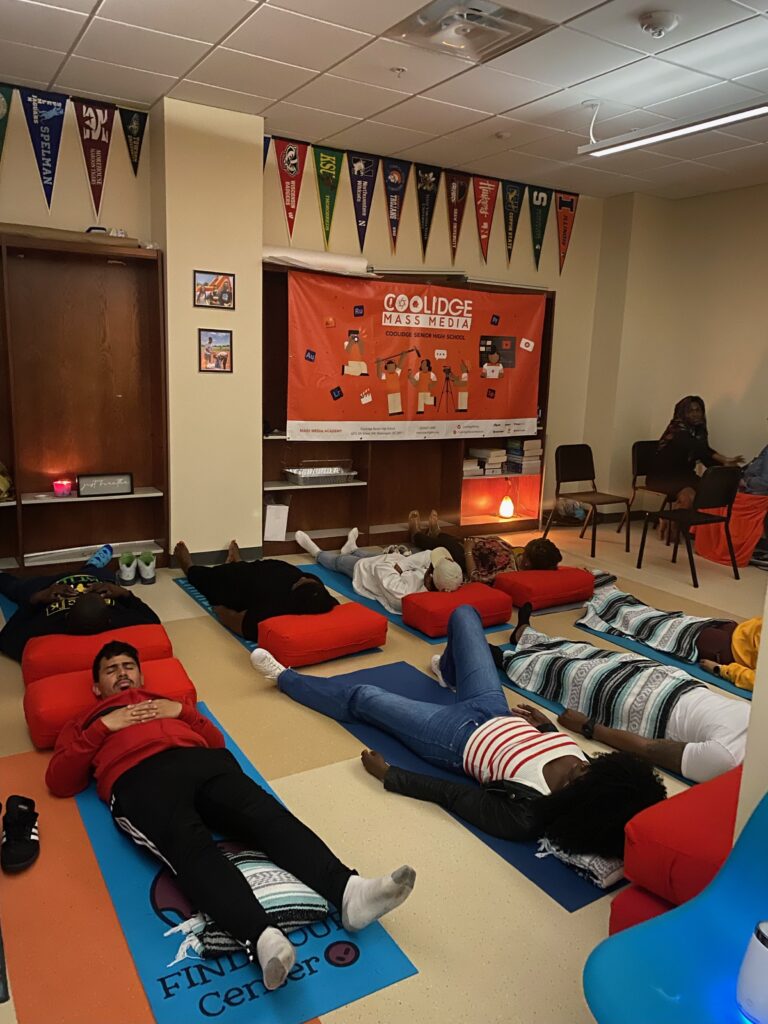
Action Research looks like education that is more hands on, more project-based and place-based, and more interdisciplinary. The heart of this pillar is a new capstone project, where seniors will conduct national and global research on their focus SDG to lean into their interests and goals. That same student interested in SDG 14 might learn about how plastic debris injures and kills fish, seabirds, and marine mammals, then work to develop a solution to reduce plastic waste.
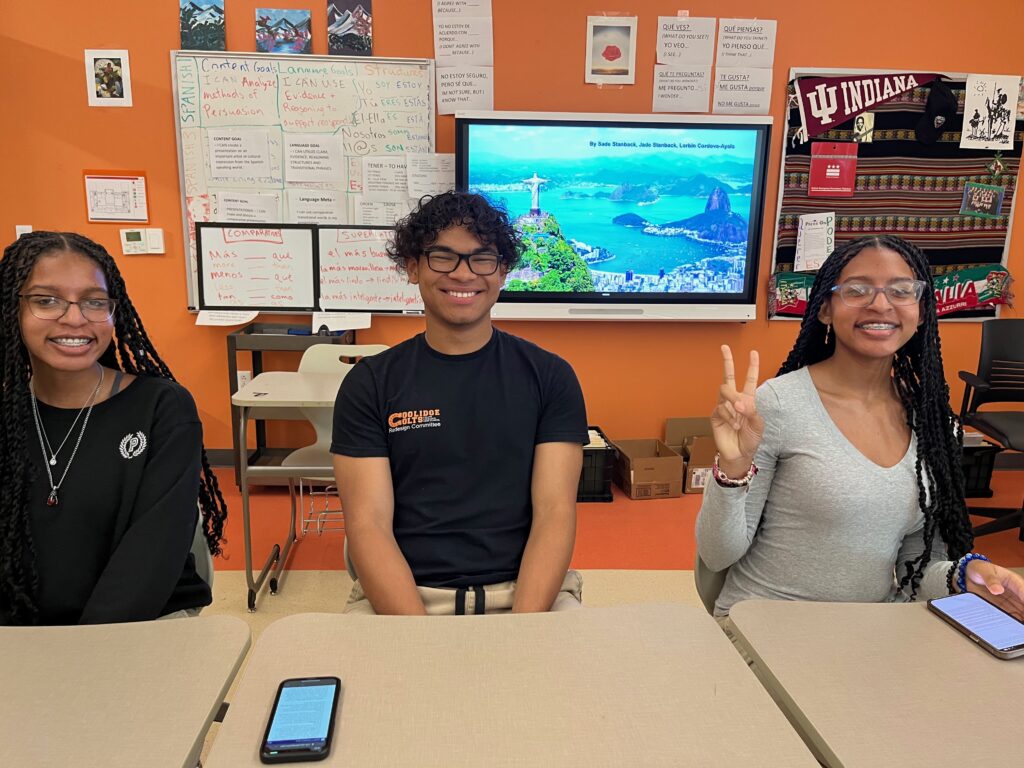
Global Experiences aligns well with the Action Research pillar, giving students the opportunity to take what they’re learning and apply it anywhere. While we initially assumed Global Experiences would be synonymous with international travel, we’ve realized that it can also include meaningful local, national, and virtual opportunities. If our SDG 14 aficionado connected with The Ocean Cleanup, as an example, they could visit Hawaii to learn more about their efforts to decrease the Great Pacific Garbage Patch.
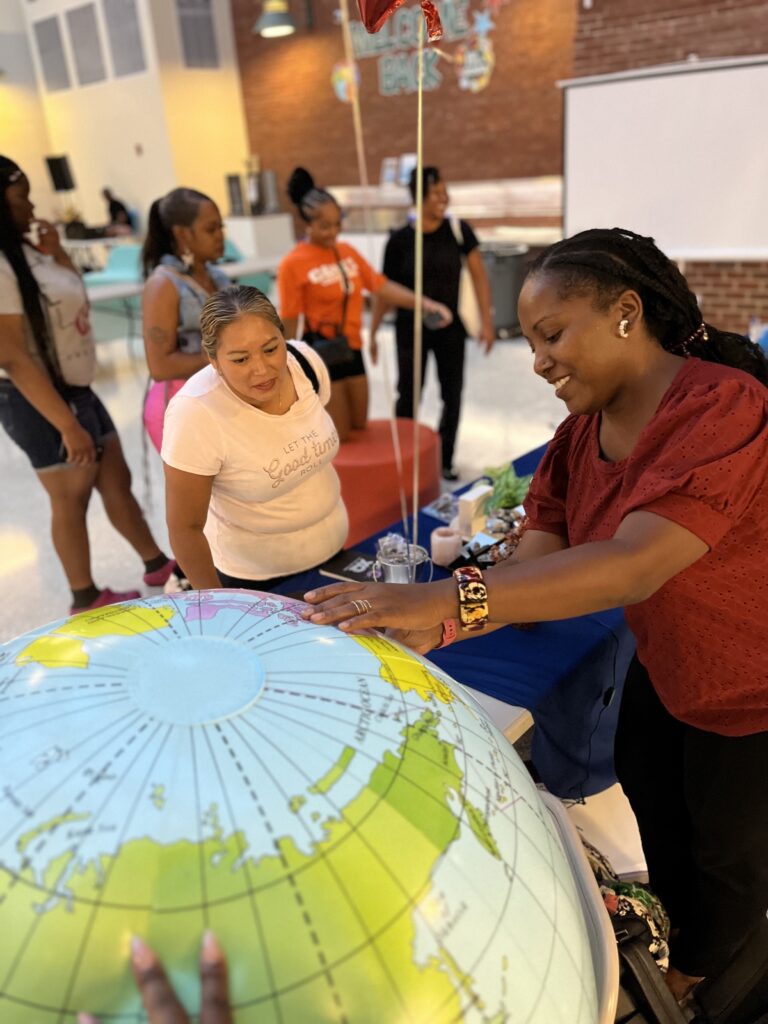
Looking back at how we arrived here, I’m proud of how we have kept equity front of mind in our journey. We worked hard to engage students representing a variety of perspectives and experiences – not just those who were already highly motivated. Diverse groups of students joined us at planning days and DC+XQ events, met with community partners, participated in focus groups, and started their own Student Redesign Team. Their voices have been instrumental: transparent, open-minded, and dedicated to the process. Conversations with Multilingual Learners and Special Education students, in particular, inspired the project-based and place-based approach to teaching the SDGs. As our Redesign Director, Kira Rowe, reflected, “the difference in just the past year of how [students] can articulate and speak to the new school model lets me know we’ve kept them at the front of this process.” Sometimes they even remind me of things we should do differently to better align with the goals!
I’ve heard the questions any leader would when looking to redesign their school: Will this initiative really last? Will this create more work for me? Will some of my students be left behind? But when it comes to the SDGs, I’ve only heard excitement, because they truly address our community’s needs. “I’ve realized they clarify a lot of content and tie everything together. It makes it easy to make teaching more dynamic and rigorous,” Glassie said in response to teacher concerns that the SDGs might create an entirely new curriculum. “Instead of wondering ‘how will I apply the SDGs to this,’ it’s almost like, ‘how do I not apply the SDGs to this?’”
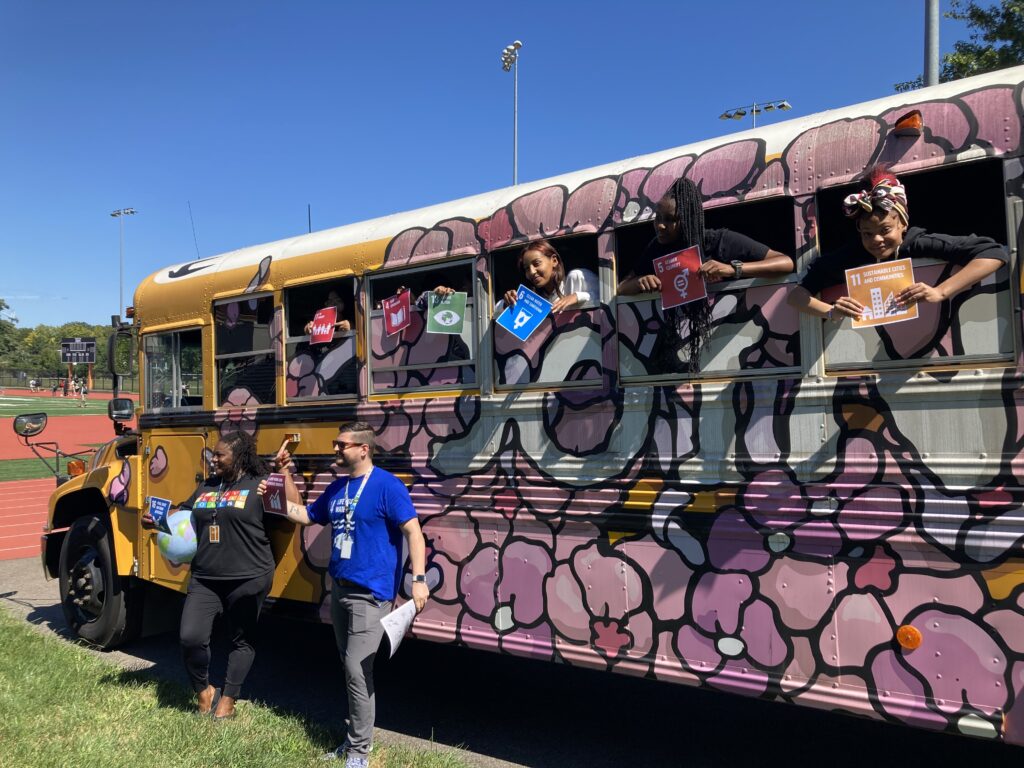
Student Keilie Griffith said it best when she told me, “With the SDGs we learn about what we need to do to make Washington, DC better. It starts in schools, then spreads to the city, then it goes everywhere.” With the SDGs fully at the heart of our new school model, I know not only will Coolidge create change within DC, but Keilie and every student alongside her will graduate prepared to be leaders of global change.
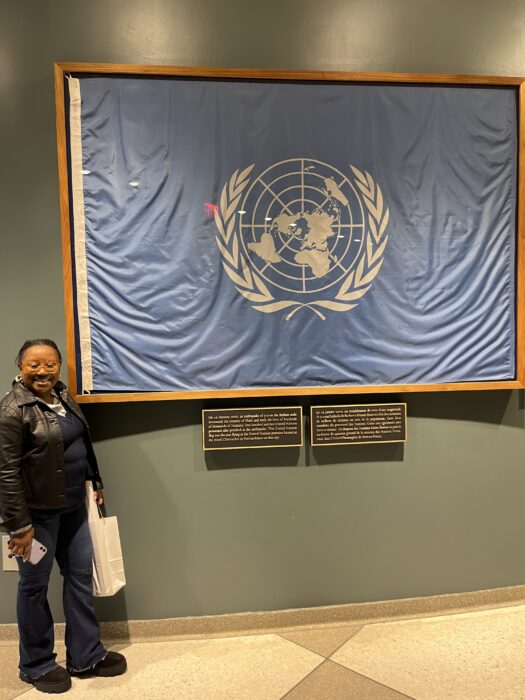
Semanthe Bright has been the principal at Coolidge High School since 2017. She has been in the education field for over 25 years.

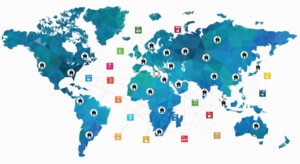
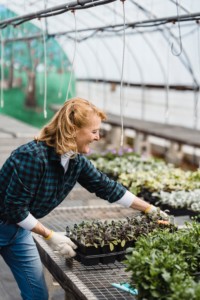
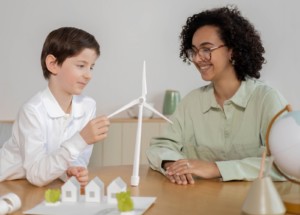
0 Comments
Leave a Comment
Your email address will not be published. All fields are required.